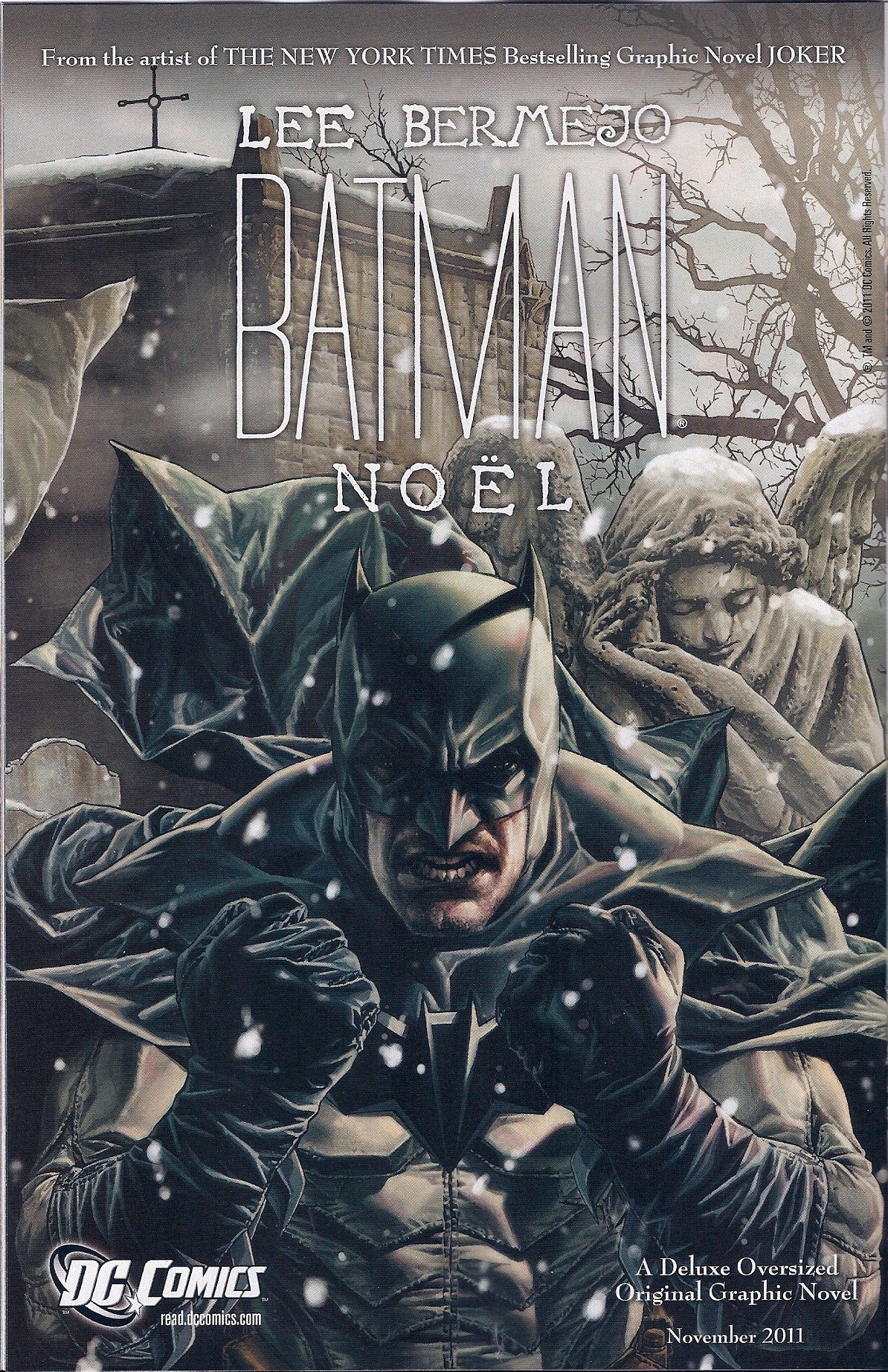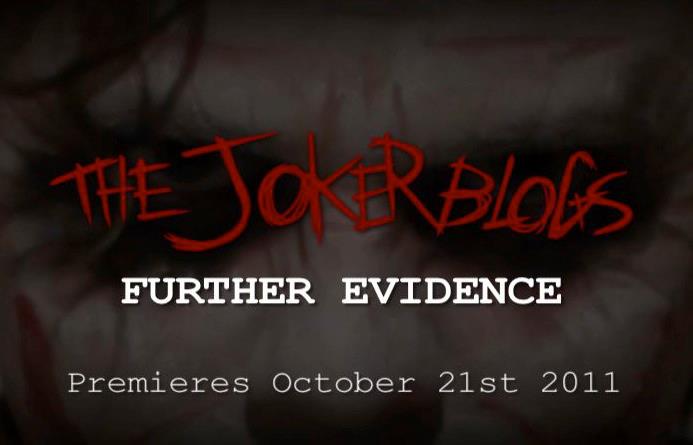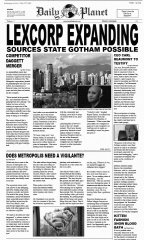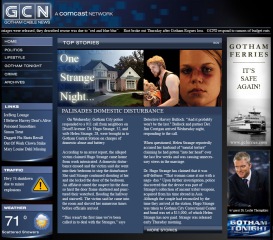In 2008, artist Lee Bermejo saw the “Joker” graphic novel he drew for writer Brian Azzarello at DC Comics earn major sales during the zeitgeist surrounding Heath Ledger’s Oscar-winning performance in “The Dark Knight.” Next week, three year’s after “Joker’s” release, Bermejo returns solo for another original graphic novel set in Batman’s world. And this time, he’s ready for the holiday rush.
Hitting stores on November 2, “Batman: Noel” loosely adapts Charles Dickens’ classic “A Christmas Carol” in a form familiar to fans of Gotham City. The book presents a number of firsts for Bermejo. It’s his first work as writer-artist and his first time drawing an expansive Batman cast. However, from early pages previewed in DC’s recent new monthly comics, it’s also evident that the artist’s lush, detailed style remains well intact.
To help prepare the way for “Noel’s” arrival for the holiday season, CBR News spoke to Bermejo as part of THE BAT SIGNAL, our regular coverage of Batman’s world across comics and other media. Below, the artist opens up on the challenges and rewards of writing his own material, explains which members of the Dark Knights world will stand in for which character’s in the tale of Scrooge and company and shares an exclusive first look at a new page highlighting his first chance to draw Robin, the Boy Wonder
CBR News: Lee, a lot of fans have seen the preview pages for “Batman: Noel” running in the back of some of the New 52 books. Even that preview must be gratifying after so long in progress. What does it feel like to be on the verge of the book’s release after over a year working on it?
Lee Bermejo: I’ve been working on it two years, actually. [Laughs] Yeah, it’s been a long, long time. It feels great to have it done and have it finally coming out. With every book there’s a mixture of excitement and nervousness. But hey…it’s done!
You’ve spent a lot of time over the past few years working on more stand-alone projects. “Joker” with Brian Azzarello was an OGN, and even the “Luthor” series was added to and edited to work as a stand-alone story. When did that kind of work in collaboration turn towards you doing a book on your own? Did you want to tell this specific story or just write for yourself in general?
It was a combination of things. I think that I do graphic novels or these kind of one-shot projects for an obvious reason: I’m just not fast enough to do a monthly. That’s the reason why this particular format works for me. And I’ve always wanted to try my hand at writing. I’ve been very lucky with the writers I’ve been able to work with. But I think almost every artist I know has that desire to eventually do something of their own or at least be involved heavily in some of the writing decisions.
And this specific project came about as a direct response to “Joker.” That was so dark and violent and really just a ruthless book that I wanted to step back from that and try to do something different. I was concerned about how I do these dark, gritty projects and villain projects and so I don’t get to do as many major heroes like Batman and Superman. I thought, “Let’s go the other way. Let’s do something that can hopefully be an all-ages project and at the same time use the major characters I love so much.”
In comics, Christmas stories have been done before, but I can’t think of a lot of Batman Christmas stories, let alone one that mixes in Dickens. What’s the origin of this story for you? Are you a big “Christmas Carol” fan?
I’m certainly a Dickens fan. But I think the reason I went with this particular idea was a combination of factors. One, right after “Joker” came out, I thought I’d try my hand at a children’s book. I started tossing around ideas for that, and a French publisher contacted me at some point and said, “Would you be interested in translating into comic form some classic literature?” Both of those things converging kind of morphed into the idea of me doing “Batman: Noel.” I knew I wanted to do something that was a little bit more children’s booky in terms of format. I wanted to have traditional, panel-by-panel comic book storytelling, but I also knew I wanted to utilize some montage elements and open up the storytelling a bit.
The preview pages show that. The pages seem to be centered around one big image each time out, and the lettering floats around instead of being held in standard captions. Was that part of the conception of the whole book?
The whole time this was pitched as a storybook kind of project. It was pitched as a graphic novel that would definitely be less traditional in terms of its storytelling. And again, that was just something I wanted to do at the time – an avenue I wanted to explore. And this story felt like it was perfect with that look. I think everybody’s familiar with “A Christmas Carol” at this point, but the great thing about that – and I think the reason for that – is that thematically it’s got something universal. I thought that it would be interesting to play with those classic ideas but use DC characters.
And I think it’s important to note too that this isn’t an adaptation. You’re not going to see top hats and canes. [Laughter] It’s its own story that mirrors the structure of “A Christmas Carol,” and you have a narrator that’s telling you the story of “A Christmas Carol” almost as if he was telling it to someone else. There are elements where he leaves things up to interpretation. He forgets part of it. He moves through the story in a disjointed way. He lets himself go on tangents from time to time, but essentially the story you’re following in the book is the story of a father who tried his hand at the criminal profession because of desperation, but he quickly realizes it’s not for him. He gets a job working for the Joker, and Batman uses him as bait to try and capture the Joker.
And that’s our Bob Cratchit stand in. As you were layering the story together, did you pull in superheroes from the DCU to play the roles of the Dickens cast?
Definitely. I’m using Catwoman as the Ghost of Christmas Past and Superman as the Ghost of Christmas Present. Robin is a perfect character to play Marley. So certain characters just seemed to fit in for all the right reasons. And they’re not playing ghosts. The role that they play in the story is just analogous to a role in the Dickens.
Now that you’re on the other end of the book, what was it like to do it all yourself? Was it an easy transition, or did you find yourself calling folks for advice in the scripting process here and there?
I definitely called up some friends. I mean, I’m not arrogant enough to pretend I can nail something like that right off the bat. There’s a learning curve to all of this stuff too. What I did in this particular case is that I wrote the story on spec not even knowing if it would ever get made. I just wrote it for myself to see if I could do it. I sent the script to a few people and had them check it out, and then I wound up pitching the finished script here at DC.
And obviously, the great thing about writing and drawing it is that it frees you up to make decisions as you’re working on it that are more difficult to make when you’re working with a writer. If you feel like the rhythm or the pacing of a certain sequence isn’t working on the page, you just change it. The biggest thing that I found doing this book in particular is that when you write, you’re thinking of things visually, but I didn’t actually lay out the book beforehand. I wanted to try and just write it as a writer and not fall back on the “What do I want to draw today?” impulse. I wanted to make sure the story stood by itself as opposed to having the art get in the way. Later on, I realized that a lot of my visual instincts as a storyteller I could trust a little more than I thought I could…probably from years of working with other writers.
Having the structure of the story based on Dickens really gives you some nice rules too, and you know you need to play within those boundaries. That made it easier. You know what each scene has to do, and you know the master it needs to serve at the end of the day. It’s not as easy to go off in directions that don’t necessarily serve your story.
“Joker” got a lot of press as a book that sold big in bookstores around the time “The Dark Knight” came out as a comic that non-Wednesday readers could come in and pick right up. With this hitting during the holiday shopping season, do you have similar hopes for “Noel” being a comic that a lot of people who know the characters from film or TV might want to give a try?
I want anyone to buy it at any time of the year. I think that it’s obvious that this is the right time to put it out. But the thing I found with “Joker” that steered me in the direction I’ve been going in professionally is that I’m amazed at how many people who have at least come up to me and said they liked “Joker” and they weren’t regular comic readers. These are people who are maybe casual comic book readers. They don’t follow the continuity as strictly. I see it as my responsibility to maybe try and get those people who don’t read comics on a monthly basis to pick up these books. It’s a lofty goal. [Laughter] But at the same time, these stand-alone graphic novels tend to work well for that audience who don’t need to know a bunch of continuity to get into it.
What was the most enjoyable part of physically putting the art for the book together? So much of what your Batman work has played with is atmosphere, and that seems a strong mesh with a wintery Christmas story. What was your best visual draw to the book?
I just enjoy drawing atmosphere in general, and I like things with texture – buildings and snow. These things all have terrific texture that when I sit down, they’re fun to draw. But I certainly wanted in this book to do something I haven’t done before, and that is play with an element of the history of Batman. I have a pretty specific way that I draw the character, and it’s the same with the Joker and other characters. But I wanted to make a reference to the fact that I think the darker Gotham City and armored Batman is a product of this moment in the character’s history. That fits with what’s been done with the character in recent years, but at the same time, you can juxtapose that with more traditional interpretations. In this book, I did some pages and scenes with an Adam Westy looking Batman. Robin was a character I’d never drawn before, and I played around with some more ridiculous interpretations of the characters.
Thanks for such a wonderful interview Kiel! Original Interview can be read HERE!
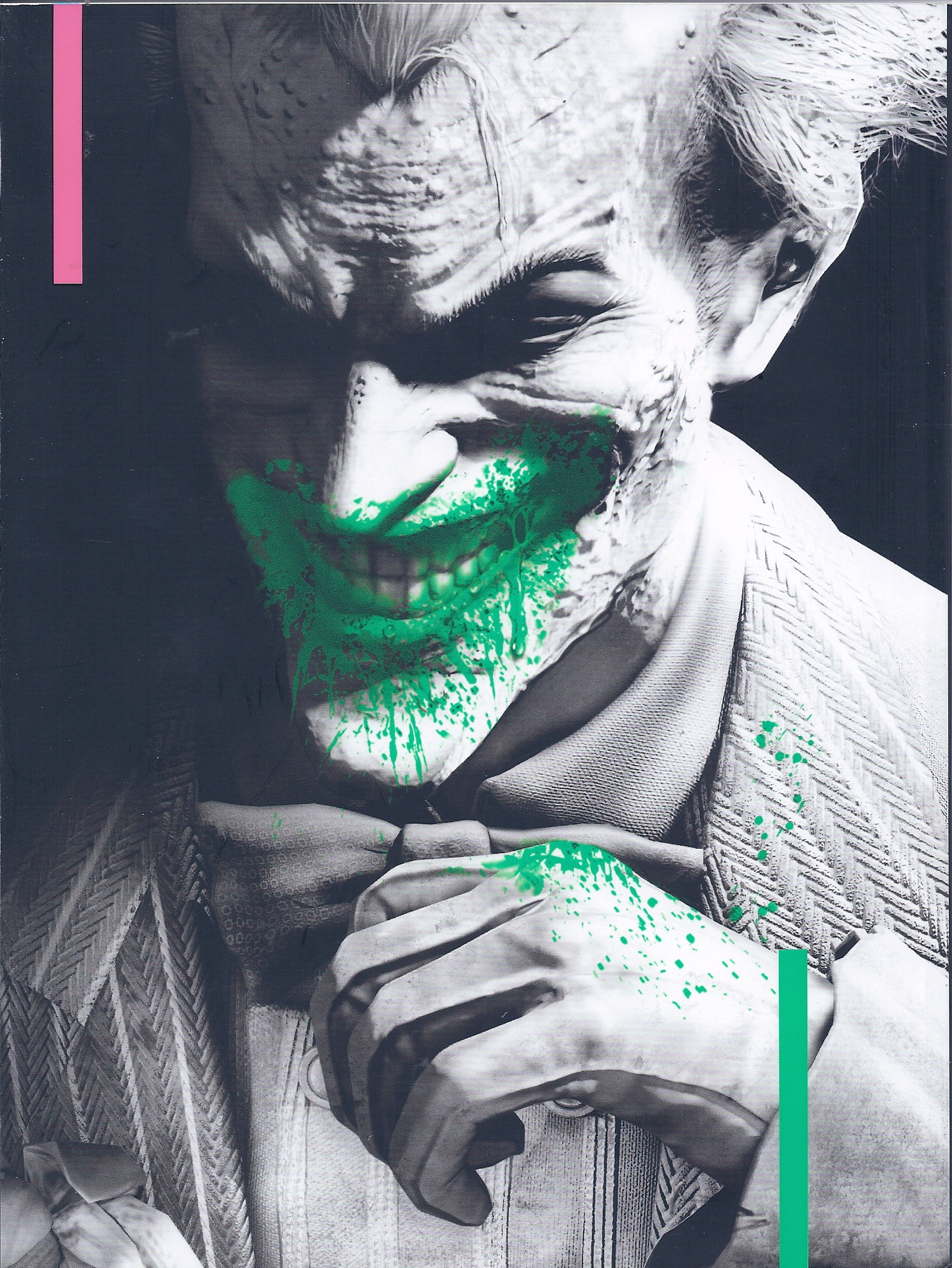 Spike TV, host to the
Spike TV, host to the 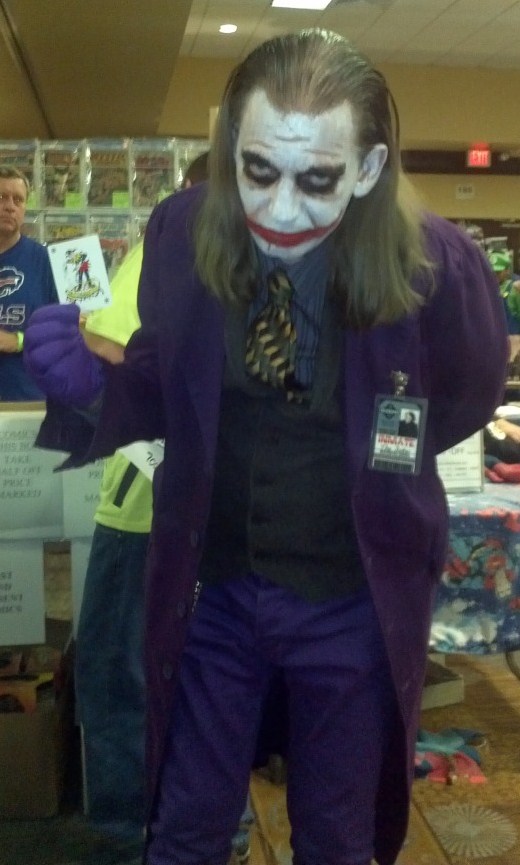
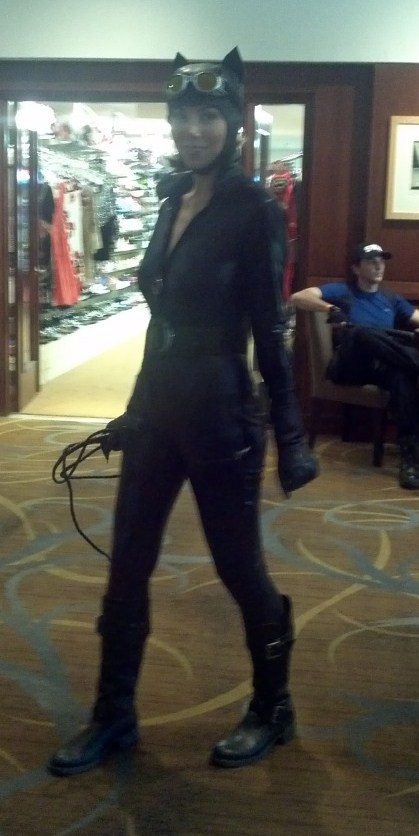
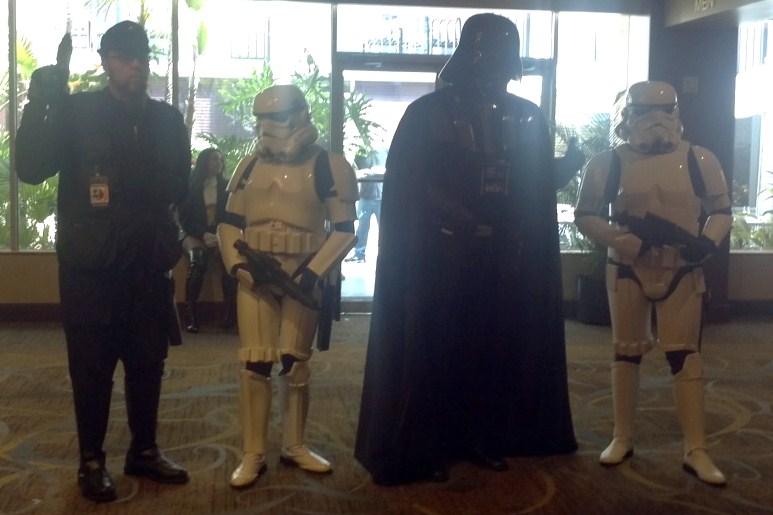
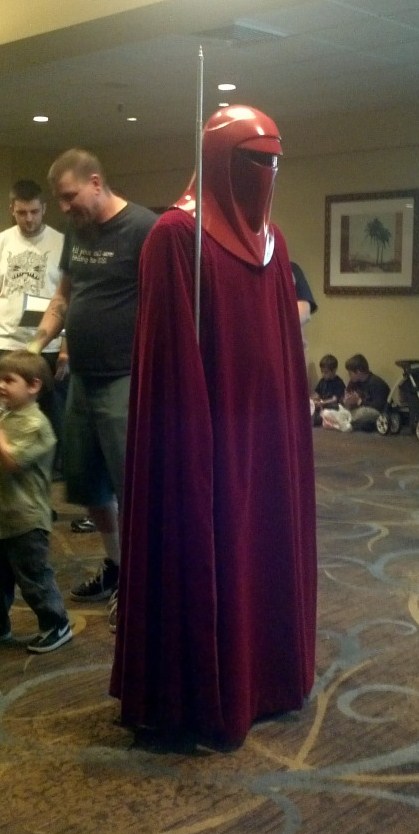
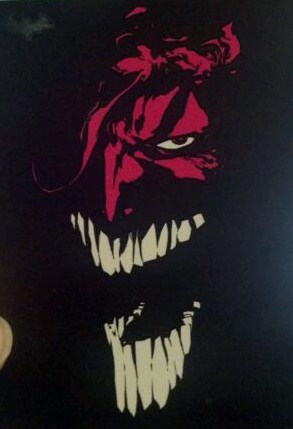
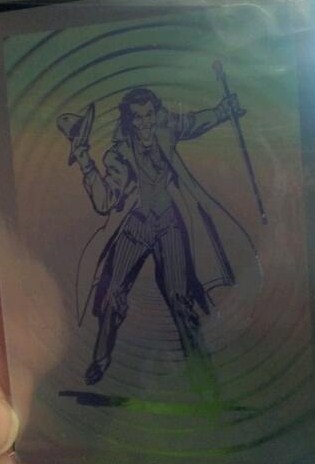
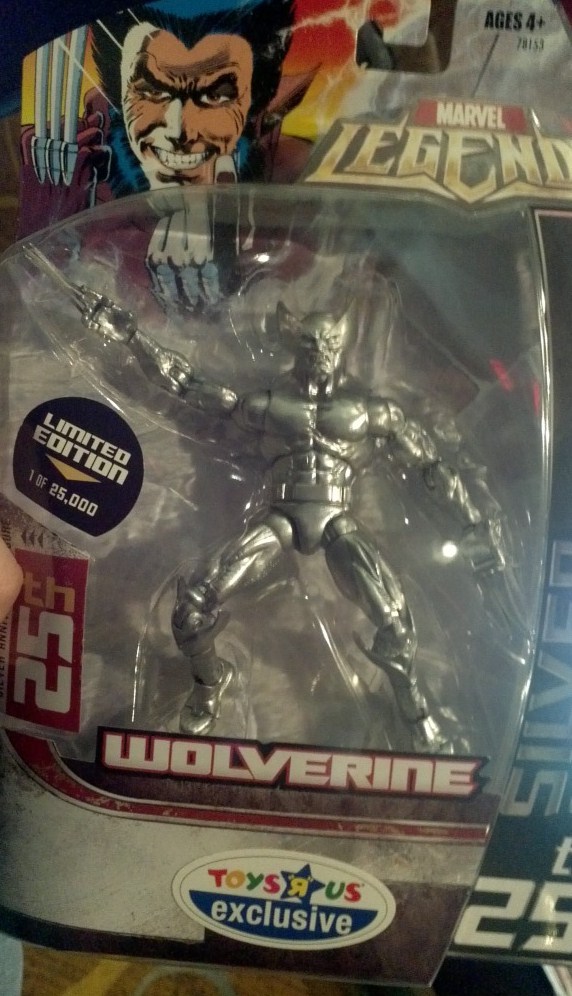
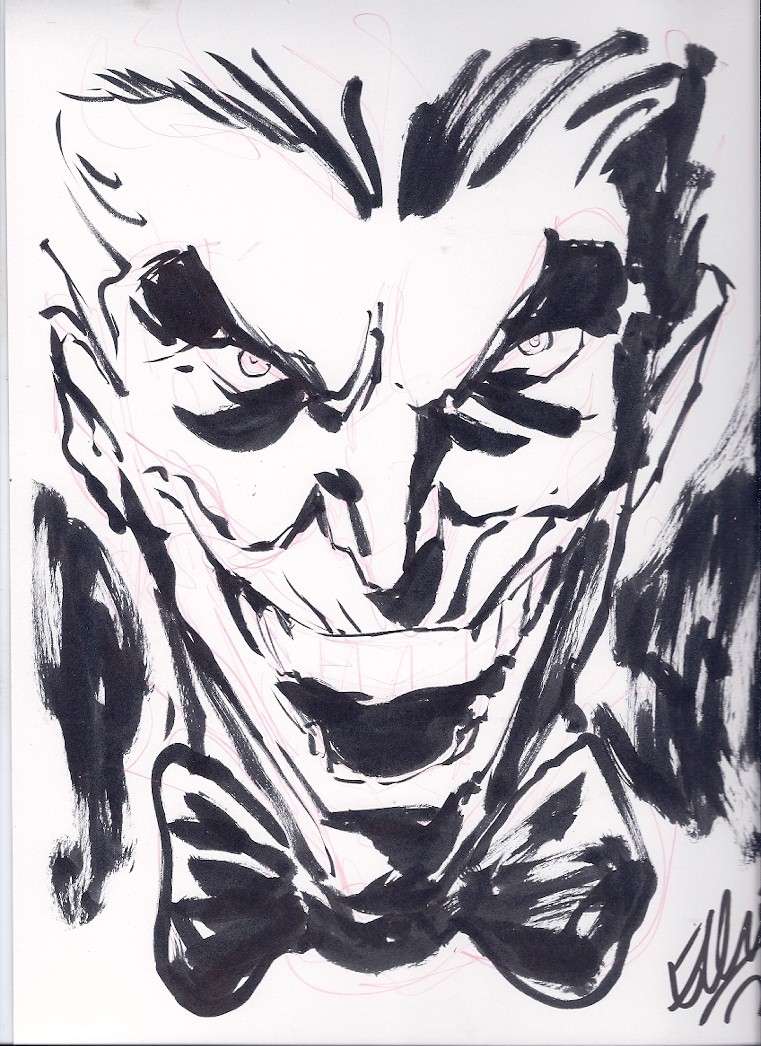

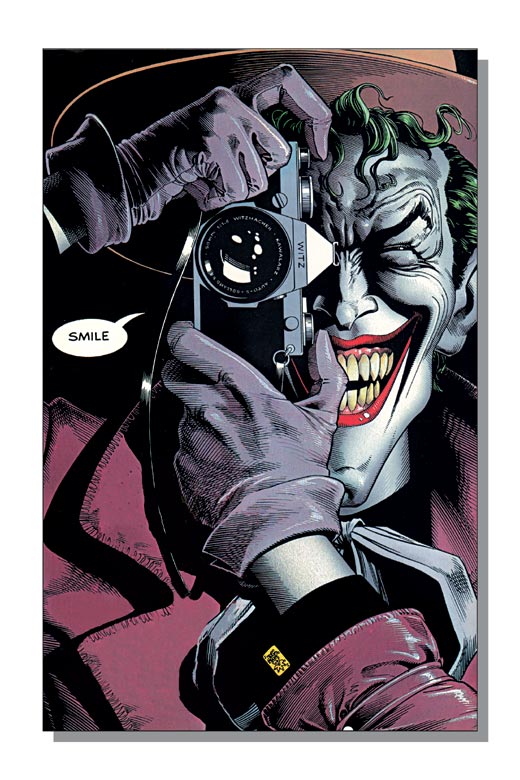 Today my good friend Candiss Gandy sent me this note directly from LEGION OF GOTHAM about a recent Mark Hamill Tweet.
Today my good friend Candiss Gandy sent me this note directly from LEGION OF GOTHAM about a recent Mark Hamill Tweet.